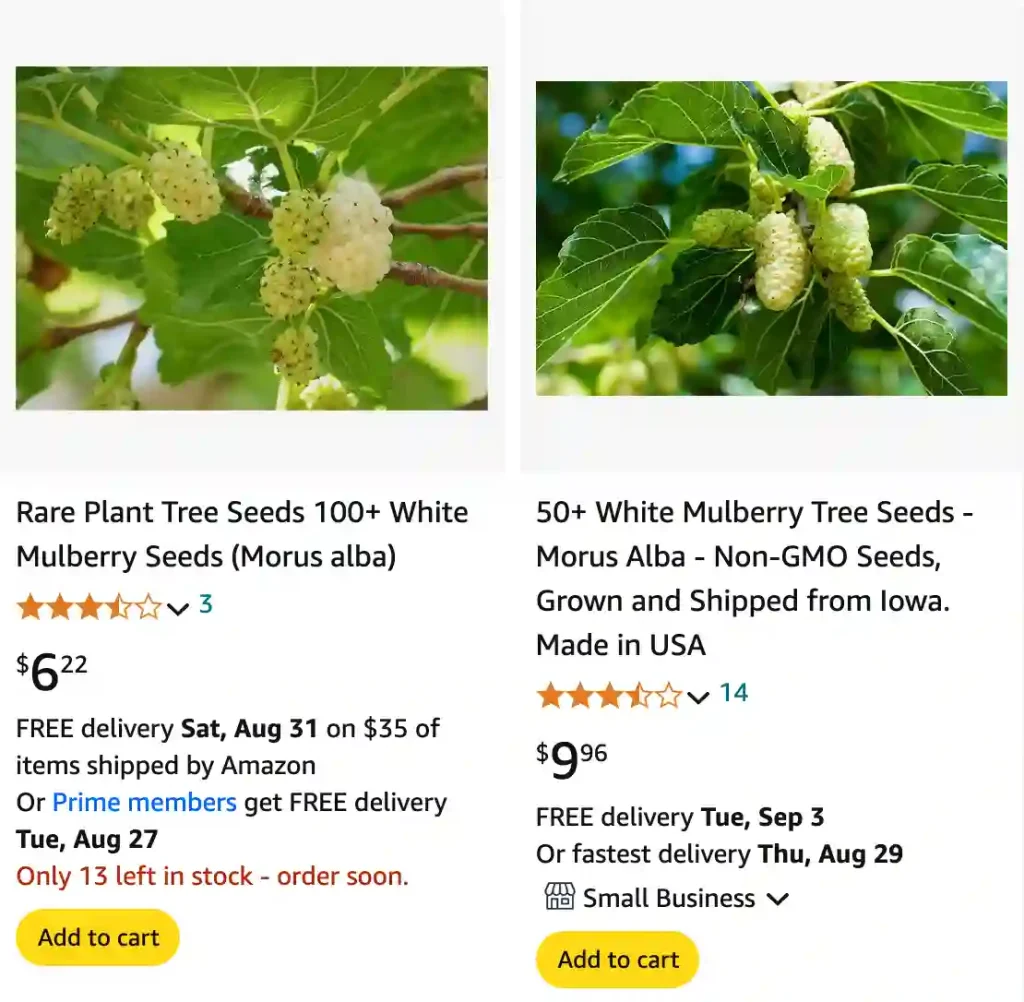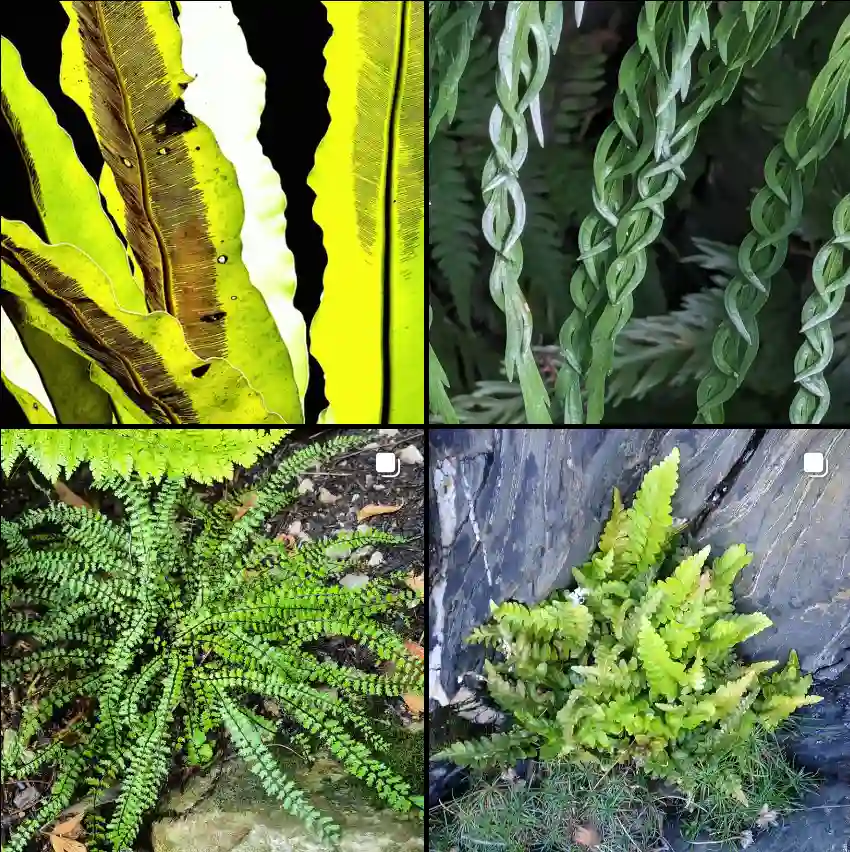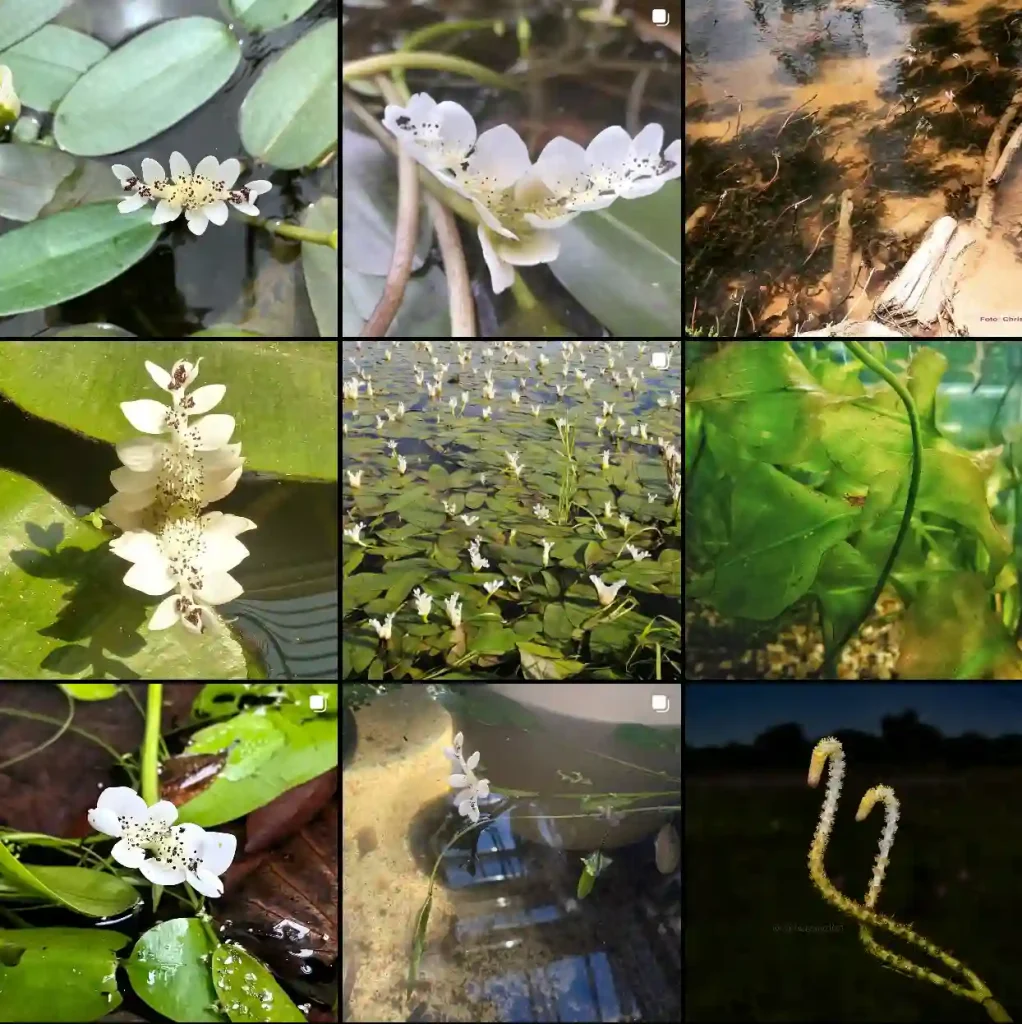
Frequently Asked Questions About White Mulberry
White Mulberry (Morus Alba) is a fascinating tree with a rich history and a variety of uses. As a plant enthusiast, I’ve come across White Mulberry several times and have delved into its various aspects. Here, I’ll share answers to some of the most frequently asked questions about White Mulberry.
18 Species in Genus Morus
What is White Mulberry?
White Mulberry is a deciduous tree native to China. It was introduced to North America during colonial times for silkworm cultivation. The tree has since spread widely and is known for its rapid growth and adaptability. It can thrive in a range of soil types and is commonly found in both urban and rural areas. The leaves are broad and glossy, providing a dense canopy. White Mulberry trees can grow up to 40-60 feet tall, depending on the conditions, and they have a spread of about 30-40 feet.
Are White Mulberries Edible?
Yes, White Mulberries are edible and are enjoyed both fresh and dried. They have a sweet taste, which can vary from tree to tree. In my experience, some White Mulberries are incredibly sweet, while others have a milder flavor. They can be used in jams, desserts, and even wines. The berries are also rich in vitamin C and other nutrients, making them a healthy snack option.
What Does White Mulberry Taste Like?
White Mulberries have a sweet, mildly tart flavor. They are less intense than black or red mulberries, making them a favorite for those who prefer a subtler taste. When ripe, they have a soft, juicy texture. I find that they have a delicate flavor, somewhat similar to a less tangy version of a blackberry.
When Are White Mulberries Ripe?
White Mulberries typically ripen in late spring to early summer. The timing can vary depending on the climate and specific location. The berries start out green and turn white as they ripen, although some varieties may have a pink or purple hue. When fully ripe, they are soft and easily come off the tree when gently pulled.
Do White Mulberry Trees Produce Fruit?
Yes, White Mulberry trees are fruit-bearing. They produce small, sweet berries that resemble elongated blackberries. The fruiting period is relatively short, but during this time, the tree can produce a large quantity of berries. In my experience, it’s not uncommon to see the ground littered with fallen berries during peak season.
How Big Do White Mulberry Trees Get?
White Mulberry trees can grow quite large. They typically reach a height of 40-60 feet, with a spread of 30-40 feet. This makes them excellent shade trees. Their size and dense foliage provide a significant canopy, making them popular in landscapes that need shade or privacy.
What Does a White Mulberry Tree Look Like?
White Mulberry trees have a rounded shape with a dense canopy of leaves. The leaves are broad, bright green, and can vary in shape even on the same tree—some are lobed, while others are simple ovals. The bark is grayish-brown with a somewhat rough texture. The tree has a somewhat irregular, spreading form, which gives it a unique appearance in gardens and natural settings.
Is White Mulberry Invasive?
Yes, White Mulberry is considered invasive in many regions, especially in North America. It spreads rapidly and can outcompete native species. The tree’s ability to grow in a variety of soil types and its high seed production contribute to its invasive nature. I’ve seen it take over areas in gardens and natural habitats, often pushing out local flora.
Is White Mulberry a Weed?
White Mulberry is not a weed in the traditional sense, but its invasive nature means it behaves like one in many regions. It can establish itself in unwanted areas and is hard to remove once it takes root. Gardeners often find themselves battling White Mulberry seedlings that pop up in places where they are not wanted.
Can Dogs Eat White Mulberries?
White Mulberries are not toxic to dogs. However, like with any fruit, they should be given in moderation. Overeating can cause digestive upset. I’ve had my dogs nibble on fallen berries with no issues, but I always make sure they don’t eat too many at once.
Are White Mulberries Poisonous?
No, White Mulberries are not poisonous. They are safe for human consumption and can be a tasty treat. However, unripe berries and the plant’s sap can cause mild stomach upset if consumed in large amounts, so it’s best to eat them when fully ripe.
Does White Mulberry Lower Blood Sugar?
White Mulberry has been studied for its potential to lower blood sugar levels. The leaves contain compounds that can slow down the breakdown of sugars in the gut, which might help regulate blood sugar levels. Some people use White Mulberry leaf extracts as a natural supplement for diabetes management. However, it’s important to consult with a healthcare provider before using it for medicinal purposes.
White Mulberry vs. Red Mulberry
White Mulberry and Red Mulberry are different species, although they share similarities. White Mulberry has lighter-colored fruit and tends to have less intense flavor compared to Red Mulberry, which has darker, more robustly flavored berries. In my garden, I find Red Mulberry to be more flavorful, but White Mulberry is more commonly found and easier to grow in various conditions.
White Mulberry vs. Black Mulberry
Black Mulberry (Morus nigra) is another relative, known for its very dark, almost black fruit. Black Mulberries have a stronger, richer flavor than White Mulberries. They also tend to be smaller and more delicate. I enjoy Black Mulberries for their intense sweetness, but they are less cold-hardy compared to White Mulberry.
White Mulberry vs. Paper Mulberry
Paper Mulberry (Broussonetia papyrifera) is often confused with White Mulberry due to its similar leaf shape. However, Paper Mulberry is primarily grown for its fibrous inner bark, used in paper-making, rather than for its fruit. Paper Mulberry has different growing habits and doesn’t produce the same type of edible berries as White Mulberry.
White Mulberry is a versatile tree with many uses, but it’s important to be aware of its invasive nature and manage it responsibly. Whether you’re growing it for its fruit, shade, or ornamental value, understanding the characteristics and behaviors of White Mulberry can help you make informed decisions in your garden.
If i die, water my plants!



